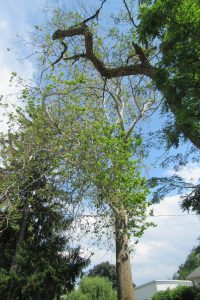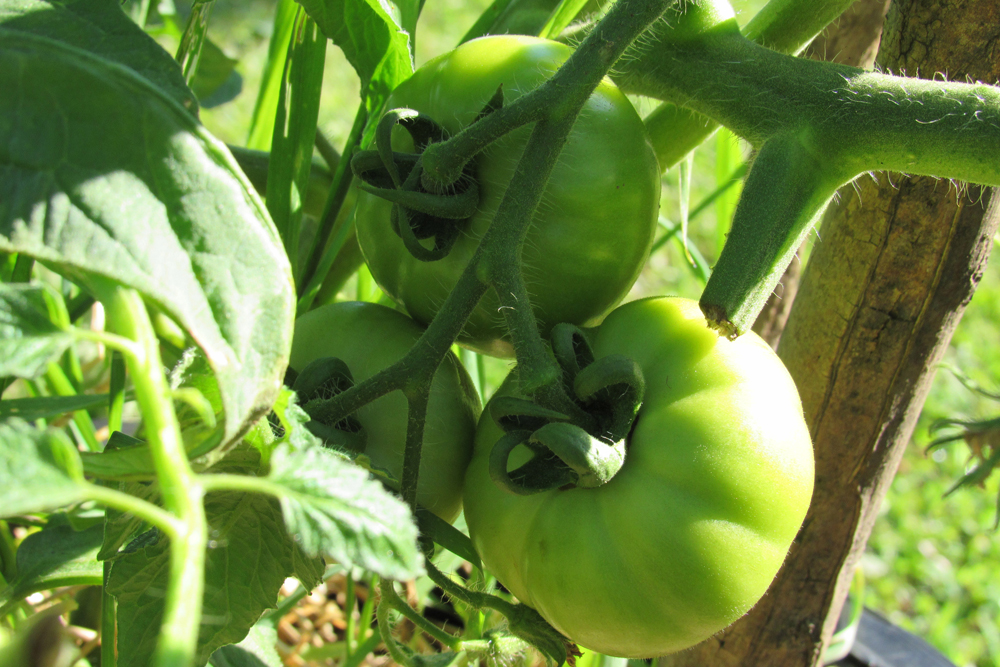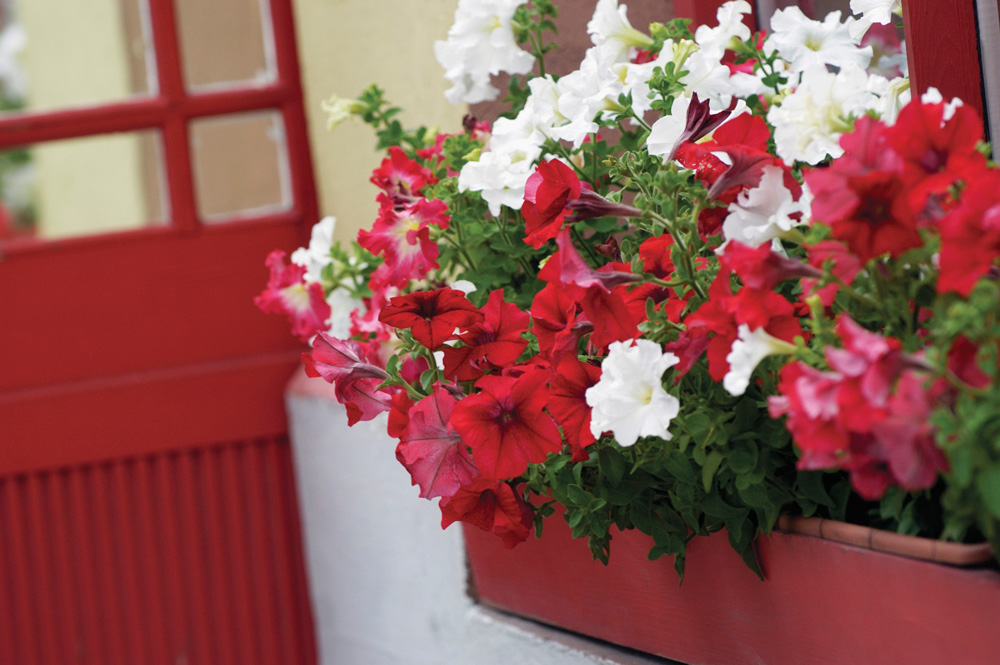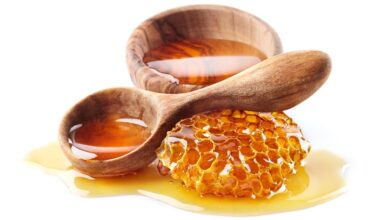Sycamore anthracnose effects trees; Daylily Garden Dedication planned

You may have noticed how sickly looking many American sycamore (Platanus occidentalis) trees are this year. The trees do not have much leaf foliage and appear to be dying. I have seen sycamores around our area and in travels south and east of Rochester that show the same symptoms, making the trees look very bare.
A recent article published by Michigan State University Extension says American sycamores in the lower part of that state are also looking sickly this 2019 growing season. The problem, according to MSU, is severe symptoms of a fungal disease called sycamore anthracnose. Our cold, wet spring is to blame for the spread of the disease which is caused by Apiognomonia veneta, a fungal pathogen which overwinters on the dead leaves, infected twigs and branch cankers of Platanus spp.
MSU says the pathogen begins reproducing from dead leaves and infected twigs and then infects new leaves and shoots. Rain helps to spread the fungal spores to the new leaves and shoots which can quickly develop disease symptoms and die. The weeks of cold weather this spring also worsened the problem because tree growth was slowed while the fungal pathogen continued to kill dormant buds.
If you have a sycamore which has symptoms of anthracnose, MSU says don’t panic yet. Our weather has finally begun to warm up and dry up, and as the season progresses, the anthracnose disease should abate. The affected trees should put out a second flush of leaves by the end of the season and mature leaves are naturally more resistant to the disease.
In fact, MSU advises patience before utilizing fungicides. Other management options include collecting and disposing diseased leaves at the end of the season. With smaller trees, it is helpful to prune out diseased and damaged branches. Pruning also helps to increase air flow and reduce the time the leaf is wet. Always remember to sanitize pruning tools between cuts. Watering your tree during dry periods can also be of help. Finally, a soil test can help determine if there are necessary nutrients lacking which are needed for tree growth.
The use of fungicides is not recommended for treating anthracnose on shade trees which are otherwise healthy. MSU says in certain cases – such as for trees which are not well established or trees which are unusually attractive and important to the aesthetics of the landscape – fungicides may be an option. Remember, however, fungicides are effective only as a preventative measure – you must apply them before signs of disease are shown.
In addition to sycamores, anthracnose can affect many deciduous trees and shrubs, and after cold wet springs like we had this year, it can be worse. You may see symptoms of the disease on woody ornamentals in your yard. Anthracnose causes irregular spots and dead areas on leaves and can lead to early leaf drop. The color of affected foliage varies from plant to plant but is often tan or brown in color.
If you have plants affected by anthracnose, rake up diseased leaves and destroy them. Removal of affected plant materials will prevent the disease from overwintering next year. Plants should recover, unless they have been affected by the disease over a period of several years.
Daylily Garden at Colby-Pulver House to be dedicated
Mark your calendars for July 26 through 28, events are planned at the Colby-Pulver House to dedicate the Daylily Garden. The Dedication Ceremony is planned for Friday, July 26 at 2 p.m.; on Saturday, July 27, enjoy the gardens with the Finger Lakes Daylily Society; and on Sunday, July 28, a Garden Walk and Talk will take place at 2 p.m. The daylily is the official flower of the Village of Spencerport and Town of Ogden and the Ogden Historical Society has worked for several years to develop the garden at the Colby-Pulver House, 568 Colby Street. Jean Colby says the daylilies planted closest to Colby Street should create a rainbow of color when in full bloom.





